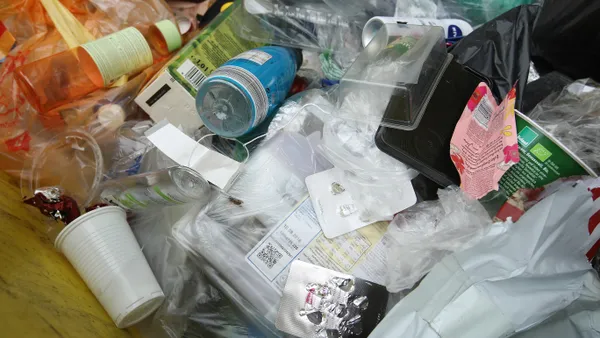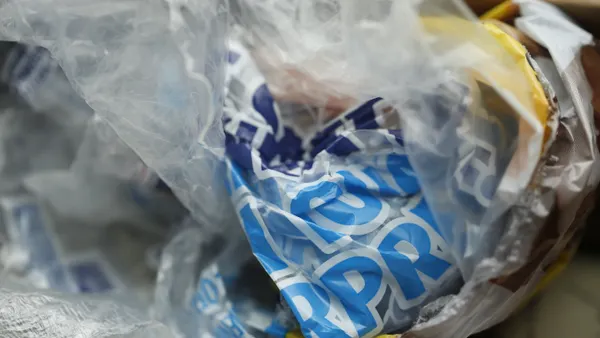Dive Brief:
- California's Sierra Nevada forests have seen the largest die-off in recent history — an estimated 40 million trees since 2010 — due to drought and a bark beetle epidemic. Now officials can't agree on how to dispose of the waste.
- Governor Jerry Brown issued an emergency order for their disposal last fall which would have sent the trees to biomass waste-to-energy facilities, but state capacity is limited and many facilities have closed. A $1 million fleet of 10 mobile incinerators is seen as the best solution at this time.
- While some officials are worried that the dead trees will increase a risk of wildfires, many environmentalists say that burning the tree debris will release too much carbon dioxide and prefer that the they are left to decompose.
Dive Insight:
Due to the drought, the trees have been susceptible to bark beetles which has turned the situation exponentially worse. The trees now deteriorate even faster and cannot be easily resold as lumber because the beetles carry a fungus that makes the wood blue. In 2013, a similar beetle epidemic was responsible for a major wildfire in Colorado.
While many of the trees in Colorado were left to decompose, the beetles have killed five times more forest in California. According to the U.S. Forest Service, 29 million trees died in California last year and the true number may be even higher. Officials say that the sheer quantity of dry, flammable wood — combined with expected record-high temperatures this summer — is too dangerous to not be dealt with.
California's drought has had other unexpected waste consequences as well. At least one city received pushback for recommending disposable dishes to cut back on water. Companies such as Google have become more conscious of their waste, and Nestlé debuted a new bottle made from 100% recycled plastic shortly after coming under fire for its local water usage.










